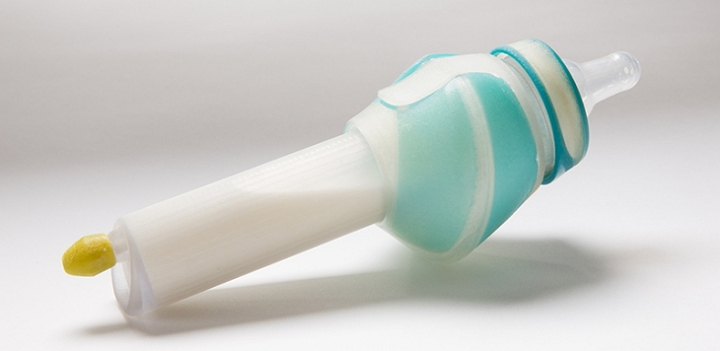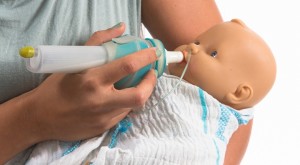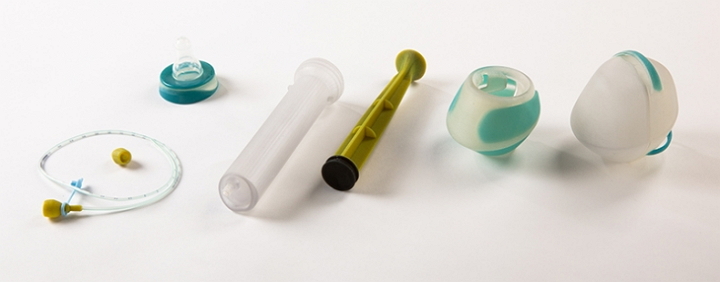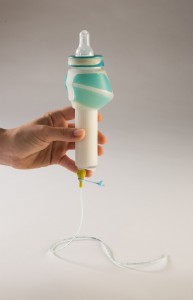It is estimated that 15 million premature births are born each year worldwide, accounting for 10% of the total number of newborn babies. One in 1 million of these babies died of complications of preterm birth. Many surviving premature babies will face learning disabilities or vision, hearing and other issues throughout their lives. Therefore, premature birth is now the biggest killer of newborns due to complications, and most of these deaths occur in developing countries. Based on this, Ravid Koriat Barkan, a graduate of the Bezalel School of Art and Design in Jerusalem, decided what to do to help these premature babies overcome the enormous challenges they faced when they were born.

In fact, the origin of this incident is very accidental - that is, when she talked about the problems faced by her sister in breast care and breastfeeding, she found inspiration and designed a feeding system for newborns and premature infants. .
Designed for use in infants in neonatal intensive care units, the FEEDER system is designed to simplify and improve the process of collecting, storing and delivering breast milk to children.

Koriat developed the prototype of FEEDER as her graduation research project in industrial design. She used Stratasys' PolyJet multi-material 3D printing technology in the prototype of FEEDER.
The body of the FEEDER is a bottle, and at the same time a syringe that allows the caregiver to control the amount of milk given to premature infants very precisely, a process that is critical to the development of an infant. This bottle has a dual purpose, allowing parents or caregivers to feed the baby directly from the mother's breasts, and if necessary, can also enter the baby's stomach directly by connecting the feeding tube.

In this project, Koriat worked with her instructor and she asked Stratasys to print the 3D parts for this FEEDER system.

When Koriat first entered the school, she planned to work on fashion design and later jumped to industrial design because she hoped to design products with practical functions in the future.
In order to develop this FEEDER system, Koriat interviewed parents, nurses and administrators of the neonatal intensive care unit in some hospitals in Israel. Perhaps most importantly, she spent more research time at the Sourasky Medical Center in Tel Aviv, home to one of Israel's top neonatal intensive care units.

The final FEEDER system is assembled from 3D printed parts of different materials and colors, including transparent VeroClear material, soft rubber TangoPlus material and sturdy opaque materials VeroCyan and VeroYellow. This makes the prototype produced very close to the final product available.
Koriat said she is proud of her design and hopes to see it appear in the hospital's neonatal intensive care unit in the future.
(Editor)
SS Mirror Finished Pedal Dustbin
Pedal Bin,Ss Mirror Finished Pedal Dustbin,Ss Foot Pedal Dustbin,Mirror Finished Pedal Dustbin
NINGBO ZIXING ELECTRONIC CO.,LTD. , https://www.zixingautobin.com